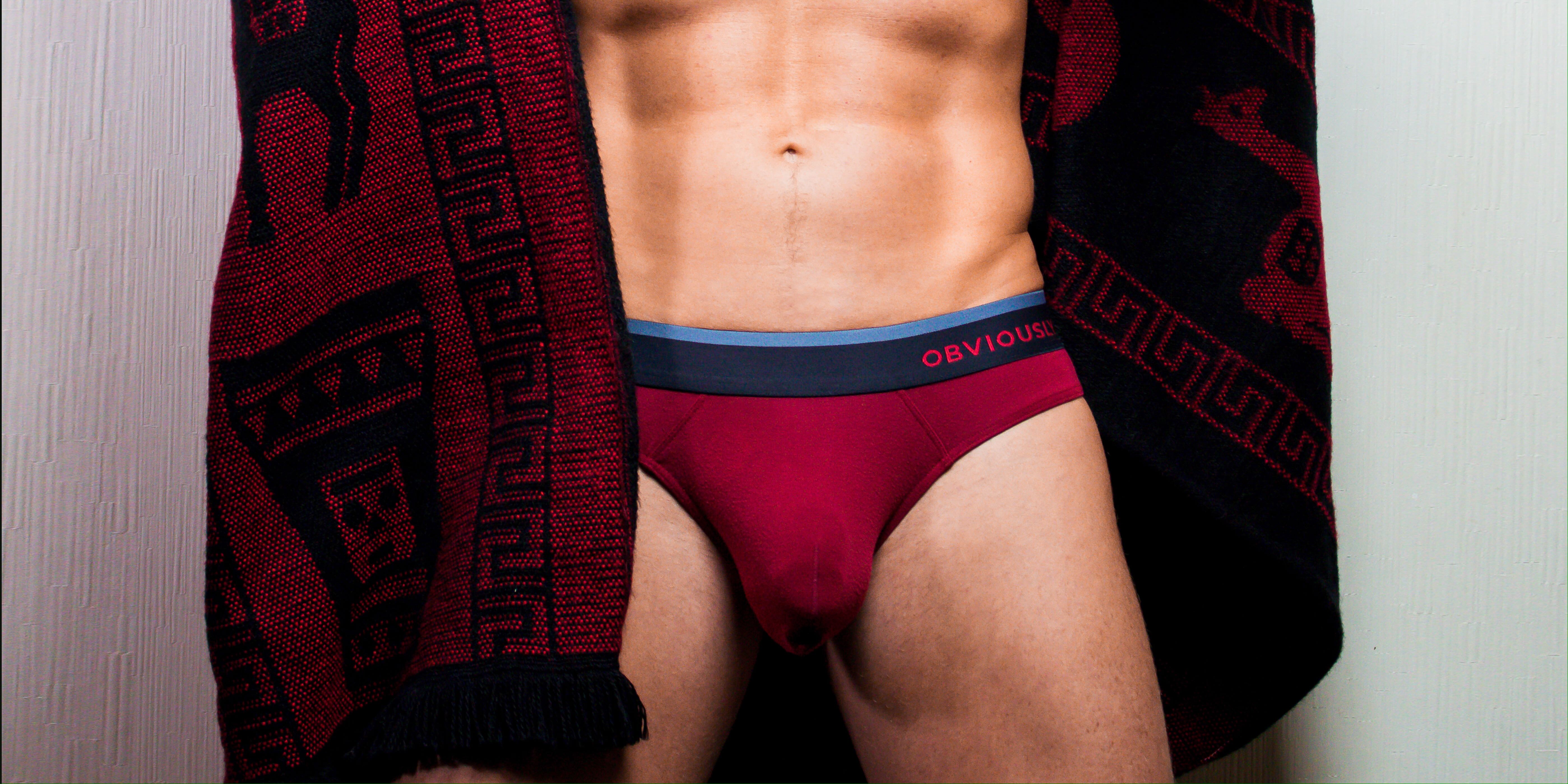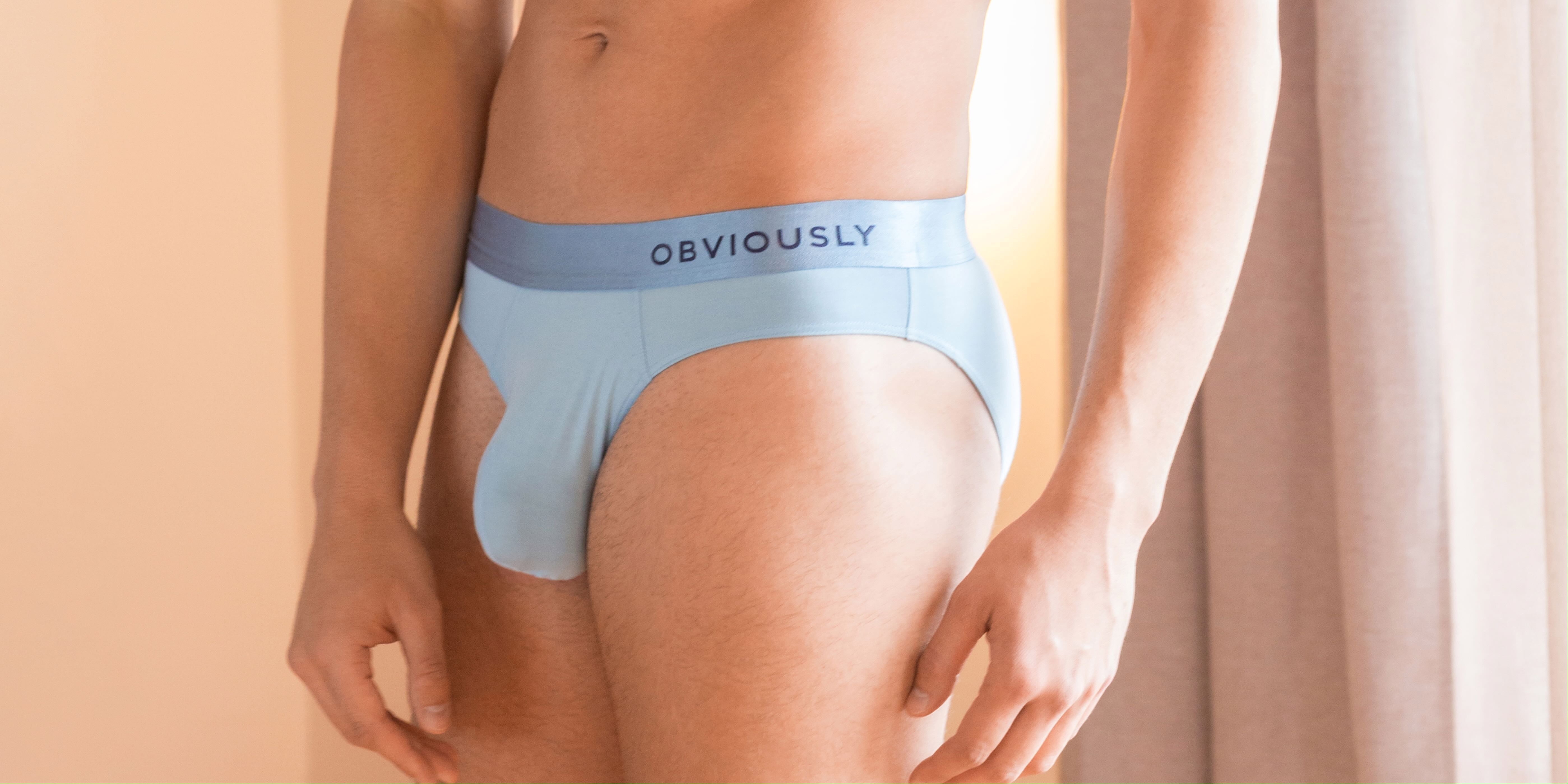
How To Sort Laundry By Fabric: Step-by-Step
Are you tired of your clothes shrinking, fading, or losing their shape after just a few washes? It's time to take control of your laundry routine and learn how to sort your clothes by fabric. In this step-by-step guide, we'll walk you through the process of sorting laundry by fabric type, so you can keep your clothes looking fresh and new for longer. Whether you're a laundry novice or just looking to up your laundry game, this article is for you.
Why Sorting Laundry by Fabric Matters
Sorting laundry by fabric matters because different types of fabrics require different care and treatment during the washing process. Fabrics like delicate silk or wool can easily get damaged or shrink if washed with heavier fabrics like denim or towels. By sorting your laundry by fabric type, you can prevent color bleeding, maintain the quality and integrity of your clothes, and ensure that each item receives the appropriate care it needs. Taking the time to sort your laundry by fabric will help prolong the lifespan of your garments and keep them looking their best for longer.
How To Sort Laundry By Fabric
Sorting laundry by fabric is an important step in maintaining the quality and longevity of your clothes. Follow these simple steps to sort your laundry by fabric type effectively:
- Sort by Fabric Type: Start by separating your laundry into different piles based on the fabric type. Common categories include cotton, synthetic, delicates, and heavy-duty fabrics. This will prevent damage and ensure that each fabric receives the appropriate care.
- Check Care Labels: Before proceeding, check the care labels on each garment. These labels provide valuable information on the recommended washing instructions for that specific fabric. Pay attention to any special care requirements, such as hand-washing or dry cleaning.
- Sort by Colors: Once you have sorted your laundry by fabric type, further divide each pile by color. This will prevent color bleeding and ensure that your clothes retain their vibrant hues. Separate whites, lights, and darks into separate piles.
- Consider Special Items: Some items may require additional attention. For example, delicate fabrics like silk or lace may need to be placed in mesh laundry bags to protect them during the washing process. Take note of any special items that require extra care.
- Wash According to Instructions: Finally, follow the washing instructions on the care labels for each fabric type. Use the appropriate water temperature, detergent, and washing cycle recommended for that fabric. This will help maintain the quality and integrity of your clothes.
You can maximize the lifespan of your clothes and prevent damage and color bleeding by following these detailed instructions to sort your laundry by fabric type.
What Fabrics Can Be Washed Together?
Certain fabrics can be washed together due to their similar characteristics and care requirements. Fabrics like cotton, linen, and polyester are generally safe to wash together as they can withstand similar water temperatures and agitation levels. Similarly, synthetic fabrics such as nylon and spandex can be washed together. However, it is important to always check your garments' care labels to ensure compatibility. Delicate fabrics like silk, wool, and lace should be washed separately or placed in mesh laundry bags to prevent damage. By understanding the properties of different fabrics and their care instructions, you can determine which fabrics can be safely washed together, making your laundry routine more efficient and convenient.
Which Fabrics Are Bad For Bleaching?
Bleaching is not suitable for all fabrics, as it can cause damage and discoloration. Fabrics that are particularly sensitive to bleach include natural fibers like silk, wool, and mohair. The harsh chemicals in bleach can easily weaken or discolor these delicate fabrics. Similar to this, bleach can hurt fabrics with bold or dark colors, such as dyed cotton or polyester, causing fading or color alteration. It is important to always check the care labels of your garments and avoid using bleach on fabrics that are not recommended for bleaching. Instead, opt for alternative stain removal methods or use color-safe bleach alternatives specifically designed for delicate fabrics.
What Fabrics Can Bamboo and MicroModal Be Washed With?
Fabrics that can be washed with Bamboo Clothing
Bamboo clothing is generally safe to wash with the following fabrics:
- Cotton: Both bamboo and cotton are natural fibers that can be washed together. They have similar care requirements and can withstand similar water temperatures and agitation levels. Washing bamboo clothing with cotton garments is a convenient option.
- Rayon: Bamboo fabric is a type of rayon, so it can be washed with other rayon garments. However, it is important to check the care labels of both the bamboo clothing and the rayon garments to ensure compatibility.
Fabrics that can be washed with MicroModal Clothing
MicroModal clothing can be washed with the following fabrics:
- Polyester: MicroModal and polyester are both synthetic fabrics that can be washed together. They have similar care requirements and can handle similar washing conditions. Washing MicroModal clothing with polyester garments is a suitable option.
- Spandex: MicroModal clothing can also be washed with spandex garments. Both fabrics are stretchy and can withstand similar washing methods. However, always check the care labels of both garments to ensure compatibility.
Remember to always check the care labels of your clothing items and follow the recommended washing instructions. When in doubt, it is best to wash bamboo and MicroModal clothing separately or with similar fabrics to maintain their quality and prolong their lifespan.
Should Some Fabrics Not Be Washed In a Washing Machine?
Yes, some fabrics should not be washed in a washing machine due to their delicate nature or specific care requirements. Fabrics such as silk, wool, cashmere, and lace are examples of fabrics that are best hand-washed or dry-cleaned to prevent damage. These fabrics are often more prone to shrinking, stretching, or losing their shape when exposed to the agitation and harsh conditions of a washing machine. It is important to carefully read the care labels of clothing items and follow the recommended washing instructions to ensure the longevity and quality of garments made from this delicate fabric content.
Conclusion
In conclusion, sorting laundry by fabric is a crucial step in maintaining the quality and longevity of your clothes. By understanding the different fabric types and their care requirements, you can prevent damage and color bleeding, and ensure that each garment receives the appropriate treatment. Whether it's separating fabrics by type, and color, or following special care instructions, taking the time to sort your laundry will pay off in the long run. By implementing these step-by-step guidelines and considering the compatibility of fabrics, you can optimize your laundry routine and keep your clothes looking fresh and vibrant for years to come. So, embrace the power of sorting and elevate your laundry game to new heights. Your clothes will thank you!
Final Thoughts
Experience a new standard of comfort with Obviously Apparel, the brand that prioritizes your comfort above all else. Explore our diverse collection of boxer briefs, jockstraps, and trunks, thoughtfully designed to cater to your style. Immerse yourself in the unrivaled comfort and contentment that our high-quality materials provide. Upgrade your underwear game with Obviously Apparel and redefine what it means to feel truly comfortable throughout the day.
Sources




